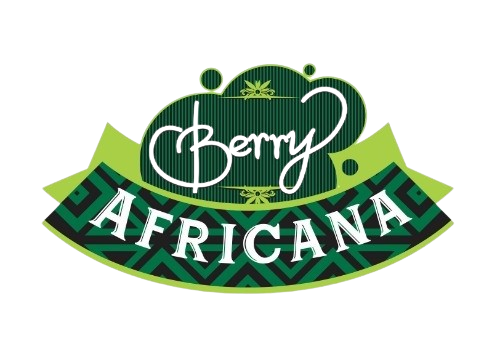The Rise of Sustainable Fashion in Africa: How Designers Are Leading the Charge
As global fashion shifts towards sustainability, African designers are pioneering the use of eco-friendly materials such as organic cotton, raffia, and Tencel.
As global fashion shifts towards sustainability, African designers are pioneering the use of eco-friendly materials such as organic cotton, raffia, and Tencel.
Nigeria, a country with so much cultural pride and creativity has been able to give birth to some major fashion celebutantes that have changed the narrative of Fashion on both home soil and internationally. These trailblazers have left a lasting legacy not only on the future of African style but also revived Nigerian fashion in creating tradition-inspired contemporary designs, hopefully through these new initiatives we can see even more inspiring narratives told.
The Agbada is a popular attire (ie traditional dress) worn in Nigeria, especially by men. It has its roots deeply embedded within the West African soil as it used to be called ‘Dansiki’ among the Yoruba people and ‘Babariga’ amongst Hausa speaking groups of Northern Nigeria. The word Agbada means “voluminous attire” in Yoruba and Hausa-Fulani), the garment dates back to hundreds of years ago Nigeria, where it was first worn by upper class men like chiefs, kings or other notable dignitaries.
African prints, with their vibrant colors, bold patterns, and deep cultural significance, have long been a cornerstone of African identity and expression. In recent years, these distinctive fabrics have transcended borders, making a powerful impact on the global fashion industry. From haute couture runways to everyday street style, African prints have woven their way into the fabric of modern fashion, creating a vibrant tapestry that celebrates culture, history, and contemporary style.
Nigerian fashion has always been a vibrant reflection of the country’s rich cultural heritage. From the flowing, colorful fabrics of the Yoruba people to the intricate beadwork of the Igbo and the regal robes of the Hausa, each ethnic group in Nigeria brings its own unique style to the table. However, in recent years, Nigerian fashion has undergone a significant transformation as it increasingly blends with Western influences, creating a dynamic fusion that is as diverse as it is captivating.
Nunc dictum nisl at vehicula accumsan. Nam fringilla tellus sed ipsum porttitor pellentesque. Sed ornare nunc quis mauris vulputate sodales. Nullam sollicitudin lectus dolor, nec mollis augue iaculis ac. Ut massa tortor, facilisis nec blandit eu, efficitur non mauris. Morbi imperdiet eleifend felis at placerat. Praesent aliquet fringilla mattis.
Nunc dictum nisl at vehicula accumsan. Nam fringilla tellus sed ipsum porttitor pellentesque. Sed ornare nunc quis mauris vulputate sodales. Nullam sollicitudin lectus dolor, nec mollis augue iaculis ac. Ut massa tortor, facilisis nec blandit eu, efficitur non mauris. Morbi imperdiet eleifend felis at placerat. Praesent aliquet fringilla mattis.
Nunc dictum nisl at vehicula accumsan. Nam fringilla tellus sed ipsum porttitor pellentesque. Sed ornare nunc quis mauris vulputate sodales. Nullam sollicitudin lectus dolor, nec mollis augue iaculis ac. Ut massa tortor, facilisis nec blandit eu, efficitur non mauris. Morbi imperdiet eleifend felis at placerat. Praesent aliquet fringilla mattis.
Berry Africana, our pride and delight, captures the essence of African fashion. It goes beyond style; it is a fabric of traditions, tales, and identities woven together in a brilliant show of legacy.
With over 371 tribes, each with its own distinctive attire, the African fashion environment is a kaleidoscope of colors and textures.
In many Southern African cultures, such as the Zulu, Xhosa, and Shona, the Lobola is a crucial part of the wedding process.
